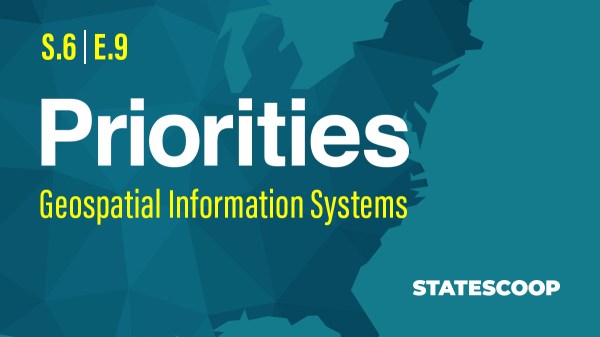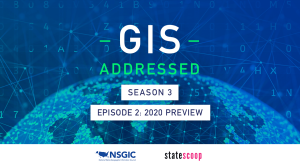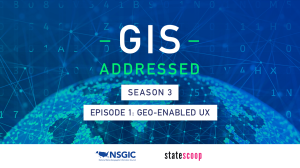
As need for elevation data grows, GIS experts hope for GPS-like boom
The technology that gives organizations a view of the elevation of the Earth — with or without structures and vegetation — is expensive to acquire, but has huge potential for government services.
On the latest episode of GIS Addressed, three state government geospatial experts say their hope for the technology — which is normally acquired through Light Detection and Ranging, or LIDAR, equipment attached to an aerial vehicle — is that it becomes as ubiquitous as GPS is today.
“My hope is that as the technology improves and access improves, it will become more ubiquitous with the general public,” Dennis Pedersen, Tennessee’s GIS director, says on the podcast. “I’ll use the analogy of Google Maps — an online mapping resource. Prior to that, a lot of the folks in the general public had no clue what GIS or geographic information systems was. My hope is LIDAR can become sort of parallel on the general public-use side.”
LIDAR scans can generate massive datasets that sometimes extends into the hundreds of terabytes or petabyte range. This elevation data can be used by GIS professionals to help with emergency response for wildfires or floods, as well as agriculture and urban planning.
“We’re talking terabytes of data and millions and millions of points of the Earth’s surface, but also what’s on the Earth’s surface,” Phil Worrall, executive director of Indiana’s Geographic Information Council says. “We’re not just modeling the ground — we can model and analyze a lot of things. The traditional flood, agricultural, engineering, infrastructure engineering applications are just the tip of this iceberg as to what we can now do with this dataset.”
Nate Roth, the California Department of Conservation’s Geographic Information Officer, says 3D elevation data is rapidly changing, and could soon expand to include more datasets that enable more decision-making for governments.
“I think we’re going to see in the near future elevation data stop being a pure elevation dataset, but [instead we’ll] have simultaneous collections of imagery or multi-spectral information at the same time,” Roth says. “[That] deepens our ability to identify what’s going on at any particular point in the location.”
On the podcast:
- Phil Worrall, executive director, Indiana Geographic Information Council
- Dennis Pedersen, GIS director, Tennessee
- Nate Roth, geographic information officer, California Department of Conservation
- Jake Williams, associate publisher, StateScoop
Things to listen for:
- The need for 3D elevation data is clear, Roth says, due to the amount of things you can do with the data that you cannot do with “any other” current technology. In California, Roth says the state uses 3D elevation data to get a clear picture of wildfire potential, wildfire response and wildfire recovery.
- A successful 3D elevation program requires collaboration between federal agencies, state agencies and local governments, Pedersen says.
- The United States Geological Survey operates a 3D elevation program, called 3DEP that works collaboratively with states to get cheaper, easier access to programs and data. USGS offers governments some 3D elevation data for free online.
- OpenTopography — a National Science Foundation-funded effort from the San Diego Supercomputer Center at the University of California at San Diego, also offers government and industry open access to 3D elevation data.
- In states like Indiana, Worrall says, OpenTopography and 3DEP have really broken down economic barriers for small engineering firms that use 3D elevation data, as well as small county and local governments who now have access to data they would ordinarily not be able to afford.
GIS Addressed is a podcast from StateScoop and the National States Geographic Information Council about the role of geographic information systems in government.
In addition to listening to this podcast and other StateScoop podcasts on StateScoop.com, you can now subscribe on iTunes and have episodes delivered directly to your smartphone’s podcasts app when new episodes are released.


